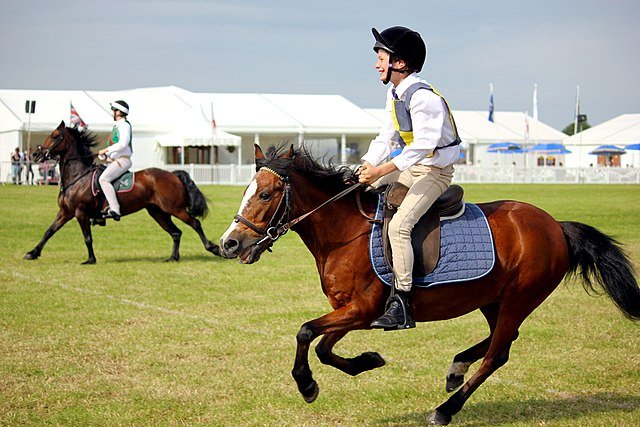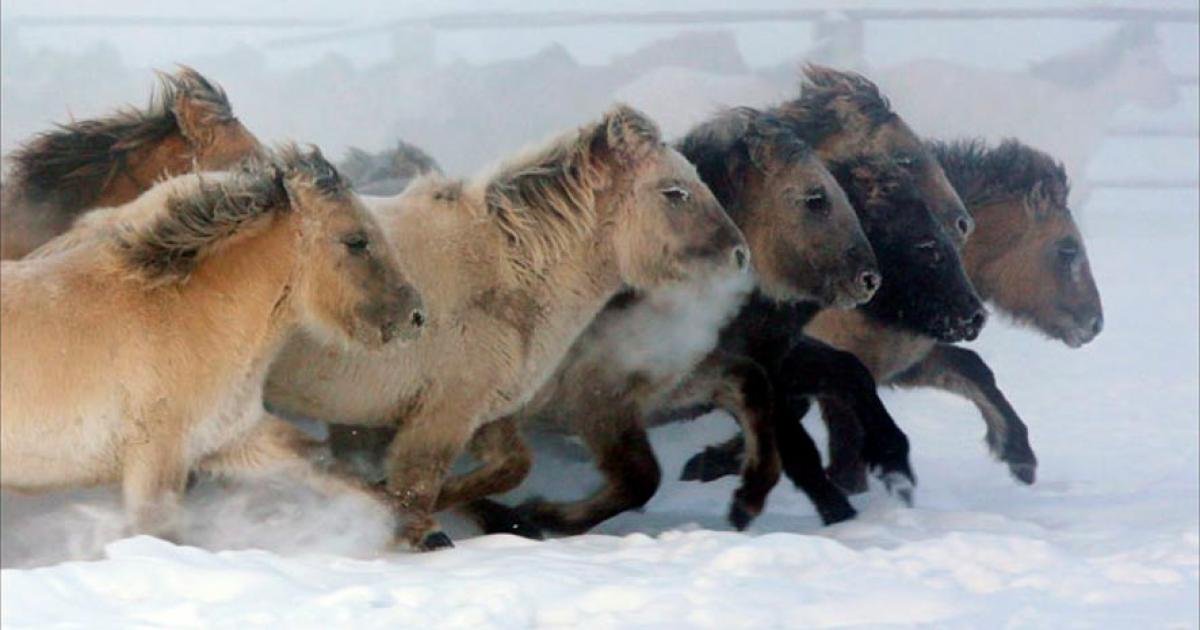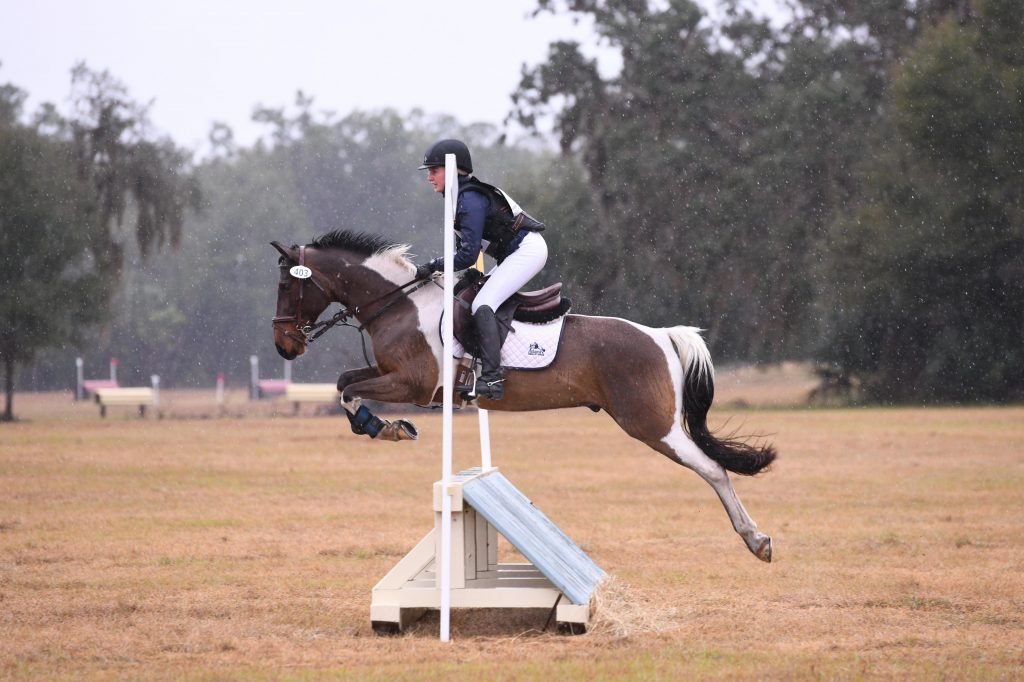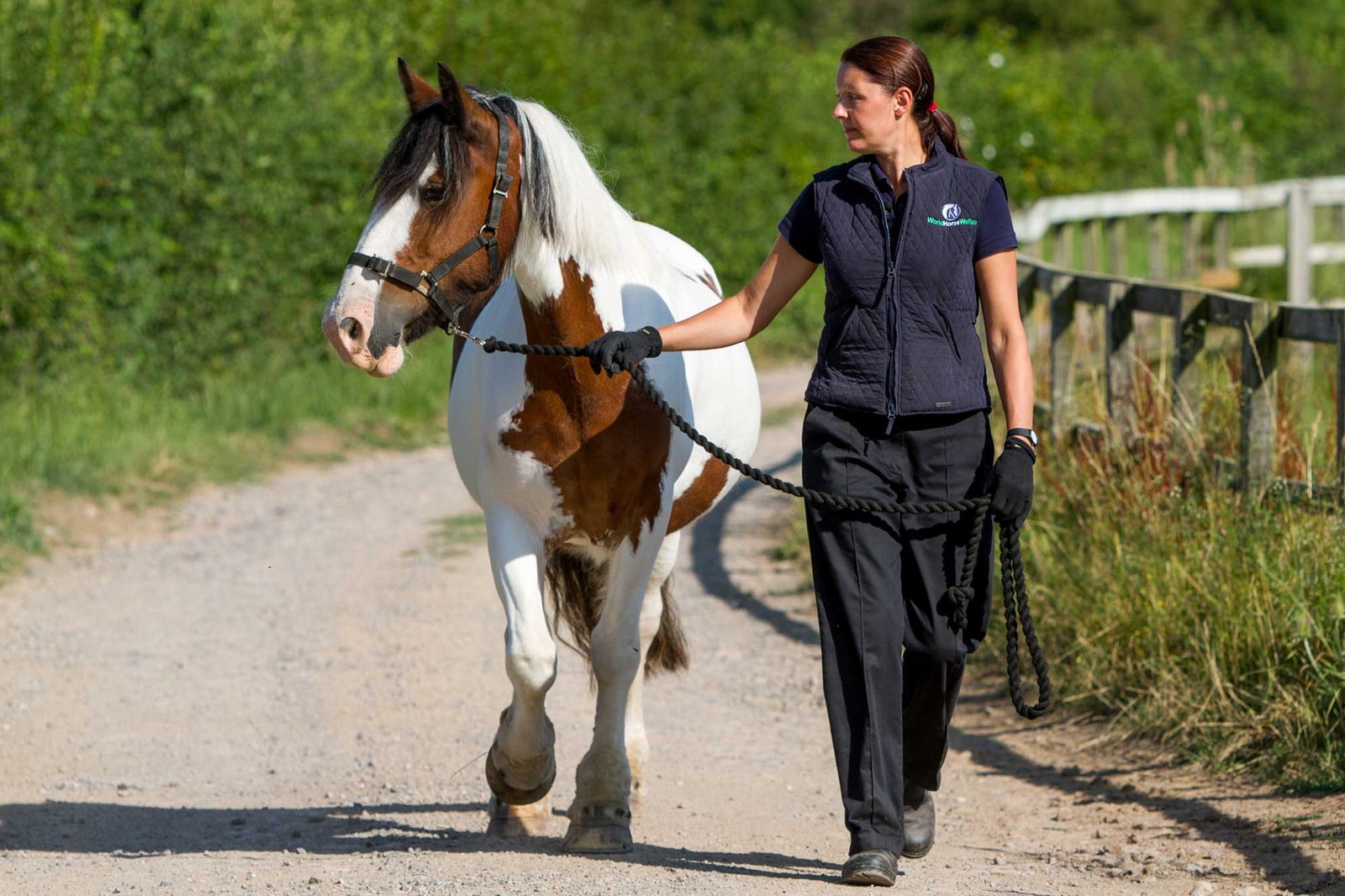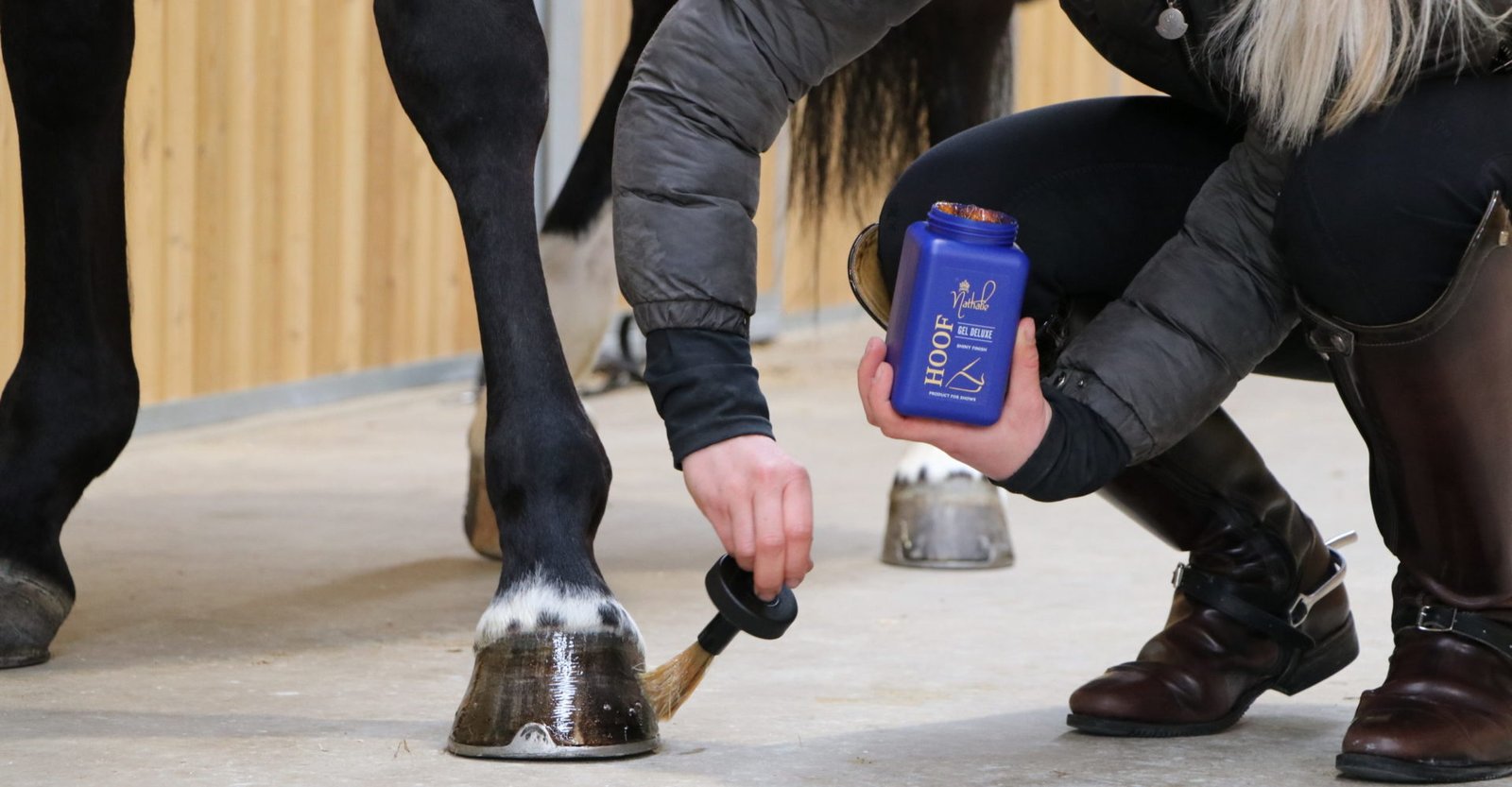Ponies have played a significant role in equestrian sports for centuries. From their humble beginnings as working animals to becoming stars in competitive riding events, ponies have earned their place in the equestrian world. Their size, temperament, and agility make them ideal companions for both beginners and experienced riders. This post explores the history of ponies in equestrian sports, tracing their journey from the fields to the arenas.
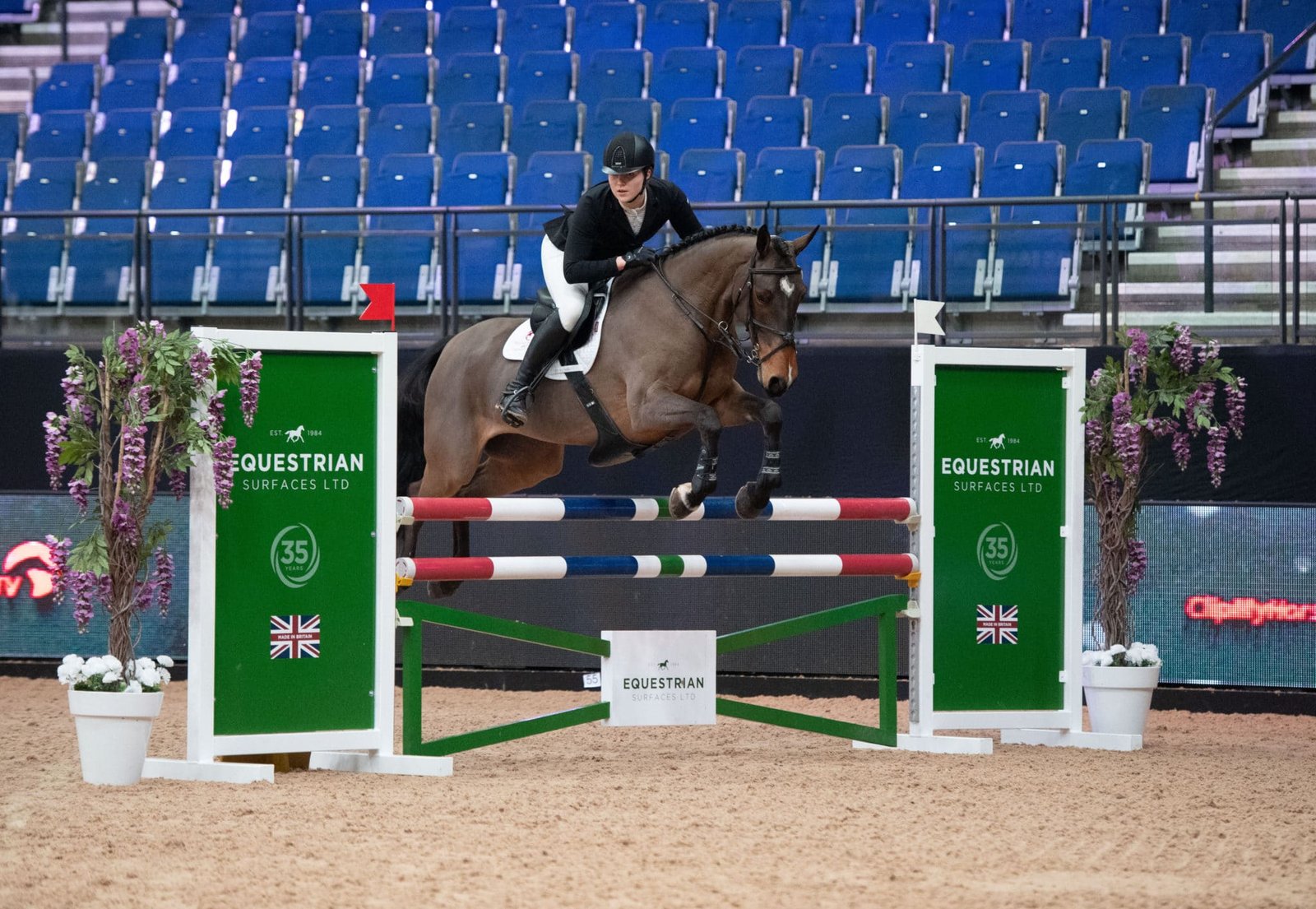
Early Use of Ponies in Work and Transportation
Historically, ponies were bred primarily for work purposes, particularly in agriculture and transportation. Their small size and strength made them ideal for tasks such as pulling carts, plowing fields, and carrying loads across rugged terrain. The Shetland Pony, one of the oldest pony breeds, was often used in coal mining in Scotland due to its ability to work in tight spaces and its tough nature.
Ponies were also used for transport, particularly in areas where larger horses couldn’t manage rough or steep terrain. The use of ponies for practical purposes helped establish their reputation as reliable and hardworking animals. Over time, however, their versatility became more evident, and they began to be used in leisure activities, eventually transitioning into the world of competitive sports.
The Rise of Ponies in Pony Racing
The 19th century marked the beginning of ponies’ involvement in organized sports. One of the earliest forms of equestrian competition where ponies gained prominence was in pony racing. The sport, which began in the United Kingdom, was particularly popular with children and young adults. Since ponies were smaller and more manageable than horses, they provided an ideal introduction to the world of competitive racing.
Pony racing became an integral part of the equestrian community, especially in places like Ireland, where it remains a cherished tradition. Today, pony racing is still an exciting event in various parts of the world, with races organized for young riders and different age groups. This marked the first major leap for ponies in equestrian sports, as they began to move from labor-intensive roles to entertainment and competition.
The Emergence of Pony Clubs and Youth Equestrian Sports
In the early 20th century, the concept of pony clubs started to emerge, marking a turning point for ponies in competitive sports. The Pony Club, founded in the United Kingdom in 1929, became one of the leading organizations for young equestrians. It aimed to teach children horsemanship, riding, and stable management skills. Ponies, with their manageable size and gentle nature, were the ideal companions for the club’s young members.
As the Pony Club movement grew internationally, ponies became central to youth equestrian sports. The Pony Club’s influence spread to the United States, Australia, and other countries, where similar organizations were established. Ponies became synonymous with youth riding, with many children gaining their first experience in dressage, show jumping, eventing, and other disciplines on ponies. These organizations helped to solidify the role of ponies in equestrian sports, offering a pathway for young riders to progress to larger horses as they grew older.
Ponies in Modern Competitive Equestrian Sports
By the mid-20th century, ponies were firmly entrenched in competitive equestrian sports. Today, ponies continue to shine in various disciplines, especially in show jumping, dressage, and eventing. Their agility, speed, and ability to navigate obstacles make them excellent competitors in these events.
In show jumping, for example, ponies compete in junior divisions, where young riders can show off their skills and form strong partnerships with their mounts. The competitive spirit of ponies in equestrian sports is further showcased in the numerous national and international championships dedicated solely to pony riders. The FEI Pony European Championships, for instance, has been a prestigious event for young riders in disciplines like dressage and show jumping since 1986.
Ponies also play an important role in eventing, a three-phase competition that tests horses and riders in dressage, cross-country, and show jumping. While the majority of eventing is dominated by horses, ponies have earned their place in the sport, competing in pony-specific eventing divisions. These events not only highlight the ponies’ athleticism but also provide an excellent platform for young riders to gain experience in the sport.
The Role of Ponies in Today’s Equestrian Culture
Today, ponies continue to be integral to the development of equestrian athletes, with many professional riders starting their journey on ponies. Their small size and steady temperament allow children to learn the fundamentals of riding and horsemanship in a safe, supportive environment. Ponies are often chosen for young riders in competitive disciplines because they are easier to manage than full-sized horses and provide a valuable stepping stone before transitioning to larger mounts.
Ponies remain essential in recreational riding as well, giving riders of all ages the opportunity to experience the joy of horseback riding. Their friendly, approachable nature makes them perfect companions for pony rides, trail riding, and local competitions. The role of ponies in equestrian sports and leisure activities is more significant than ever, with thousands of riders benefiting from their presence.
Conclusion
The history of ponies in equestrian sports is one of evolution, from working animals to competitive athletes. Over the years, ponies have become beloved figures in the equestrian world, especially for young riders. Whether through pony racing, pony clubs, or modern competitive disciplines, ponies have made a lasting impact on the sport. Their unique qualities, such as their size, agility, and gentle temperament, ensure that they will remain an integral part of the equestrian community for generations to come.







